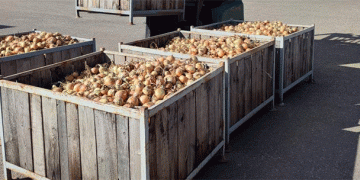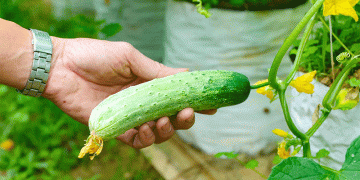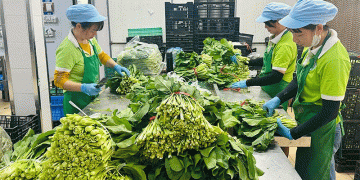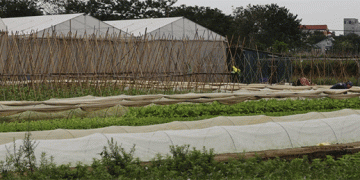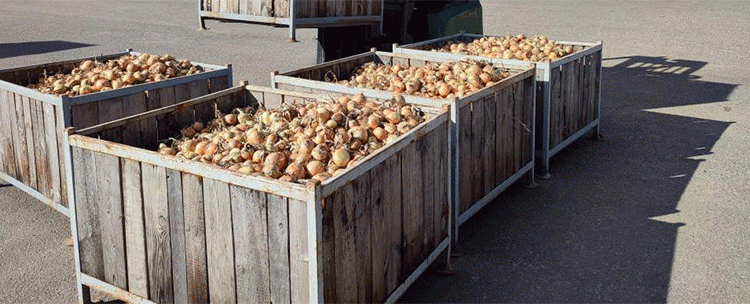At the OAO “Vasilishki” agricultural enterprise in the Grodno region, the onion harvest is a testament to precision agriculture. The farm is consistently achieving remarkable yields, with this year’s target set at 500 centners per hectare (approximately 50 metric tons/ha), following a record harvest of 560 centners/ha last year. This success on their 16 hectares is no accident; it is the direct result of what the farm’s head of fruit production, Petr Lyutostanskiy, identifies as “clear adherence to the technological map, the use of high-quality seeds, process mechanization, and the precise work of the agronomic service.”
A key to this efficiency is specialized machinery. The farm utilizes a potato harvester fitted with a custom attachment, a recent investment that allows a single operator to harvest roughly one hectare per day while minimizing damage to the bulbs. This mechanization is crucial for scaling up production to meet strategic goals. However, as many other farms in the region have discovered, high yields are only half the battle. Onion is a “capricious culture,” difficult to grow but “twice as hard” to store.
The solution lies in a robust post-harvest infrastructure. The farm’s fruit storage facility features massive, nine-meter-high chambers where temperature is meticulously maintained between 0°C and 5°C. This controlled environment allows them to store up to 200 tons per chamber and preserve the quality of the onion until late spring, with the last of the previous year’s crop sold in May. This storage capacity is the linchpin of a state-backed market stabilization strategy. Approximately 80% of the farm’s 800-ton production is destined for the government’s stabilization fund, which guarantees a fixed, affordable price for consumers and a predictable offtake for the producer.
This model is being replicated across the Grodno region, which has over 460 hectares dedicated to onion production. The regional commitment to self-sufficiency is clear, with areas expanded this year to ensure enough volume “to fully form stabilization funds, supply trade networks, and social institutions.”
The success in Grodno offers a blueprint for managing perishable staple crops. It demonstrates that achieving national food security for vegetables like onions requires an integrated system, not just isolated farm-level success. This system combines: 1) Agricultural Precision: High yields through strict adherence to agronomic protocols and mechanization. 2) Advanced Logistics: Significant investment in modern, climate-controlled storage infrastructure. 3) Market Certainty: A state-backed purchasing mechanism that de-risks production for farmers by guaranteeing sales. For agronomists and farm owners, the lesson is that overcoming the volatility of high-value, perishable crops depends on mastering the entire chain from field to storage to a secured market.
